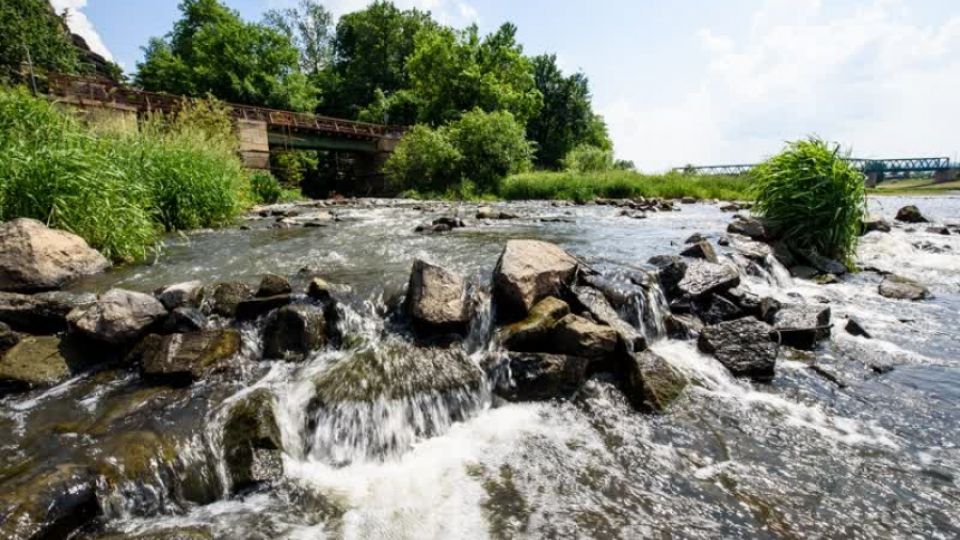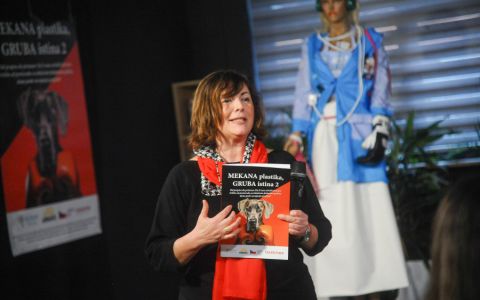First, there is no universal or optimal regulation on the minimum river flow. It always depends on the country's hydrological conditions, on the quality and quantity of water, on the traditional uses of water, and even on legal culture. Anyway, for the increasingly important effective preservation of water sources, at least some sort of legislative protection is indispensable, experts agree. Let’s take a look at examples of how this topic is dealt with in six European countries.

Do you want to know more about the minimum river flow regulations across Europe? Read the full comparative study here. The Coalition for River Protection in Bosnia and Herzegovina published this article with additional info on the gloomy situation in the Western Balkan country (in local languages only).
Letting Finnish rivers dry up is a crime
Finland is a country with a lot of water sources and also a large number of hydropower plants. According to the Finnish Energy, Finland's annual producion of hydro energy is roughly 13TWh. Surprisingly, there are is no legal definition of an ecologically acceptable flow. That doesn't mean that there are no rules; quite the contrary. The water officials have great autonomy and responsibility, and they set up specific requirements for each facility. And in accordance with the Water Act of 2011, non-compliance with those regulations may be discussed in administrative or even criminal proceedings.

The French pay uncommon attention to other species
The minimum biological flow (or sometimes minimum residual flow) is defined as the flow rate guaranteeing the permanent life, circulation, and reproduction of living species in France. As automatic as it may sound, it is not – in other countries the definition usually includes only human needs. Violations of the calculated minimum flow uncovered by random inspections can be punished by a fine of up to EUR 75,000 and additional measures up to closure of the facility.

Czech river lovers help to expose violations of the rules
Presumably, every Czech has gone down the river at least once. Kayaking, canoeing, and rafting are extremely popular summer activities there, and people help to protect the rivers thanks to a special website of the Czech Environmental Inspectorate. It only takes a few minutes to take a photo of a dry river bed and upload it to a database. In this way people help inspectors with their work in exposing operators that do not follow the rules, for which a fine of up to EUR 19,500 may be imposed.

Precise German definition
In Germany the ecologically acceptable flow is very precisely defined; it depends on local hydrological conditions and specific ecological requirements and is therefore always dependent on a particular case. For example, it may be necessary not to set static values for the minimum water flow, but to change it according to the season. The determined uses of water (i.e. damming or drainage) are permissible only if the minimum water flow is maintained.

Netherlands: a unique approach and 24/7 monitoring
The small country lies on four big deltas (the Rhine, Meuse, Ems, and Scheldt) and hardly suffers from a lack of water. Therefore, there is no formal definition of the minimum ecological flow; instead, what are called water agreements are used for each stream, ensuring enough water for all users. Special public officials monitor large streams non-stop. In the event of droughts, a special ‘water shortage ranking’ plan is applied, with certain uses taking precedence.

Sixty years of strictly calculated figures in Austria
Der ökologisch notwendige Mindestabfluss or, in English, ecologically necessary minimum flow has been regulated since 1959 in Austria, with adjustments from 2009-2010. A body of water is considered in good condition when specified morphological and hydrological criteria are met, including a minimum water flow that cannot exceed 20 % of the annual water level. Also, a threshold value is calculated from the average flow and flow rate in certain seasons. All of this is monitored by the provincial governments in cooperation with the Federal Ministry of the Environment.

These examples are part of a comparative study of minimum river flow regulation in six countries of the European Union which can be downloaded in English here. A version in the official languages of Bosnia and Herzegovina is under preparation. The study was prepared by experts from the Czech environmental organization Arnika and the BiH organization Center for Environment with the financial support of the Transition Promotion Programme of the Ministry of the Foreign Affairs of the Czech Republic.
![]()







